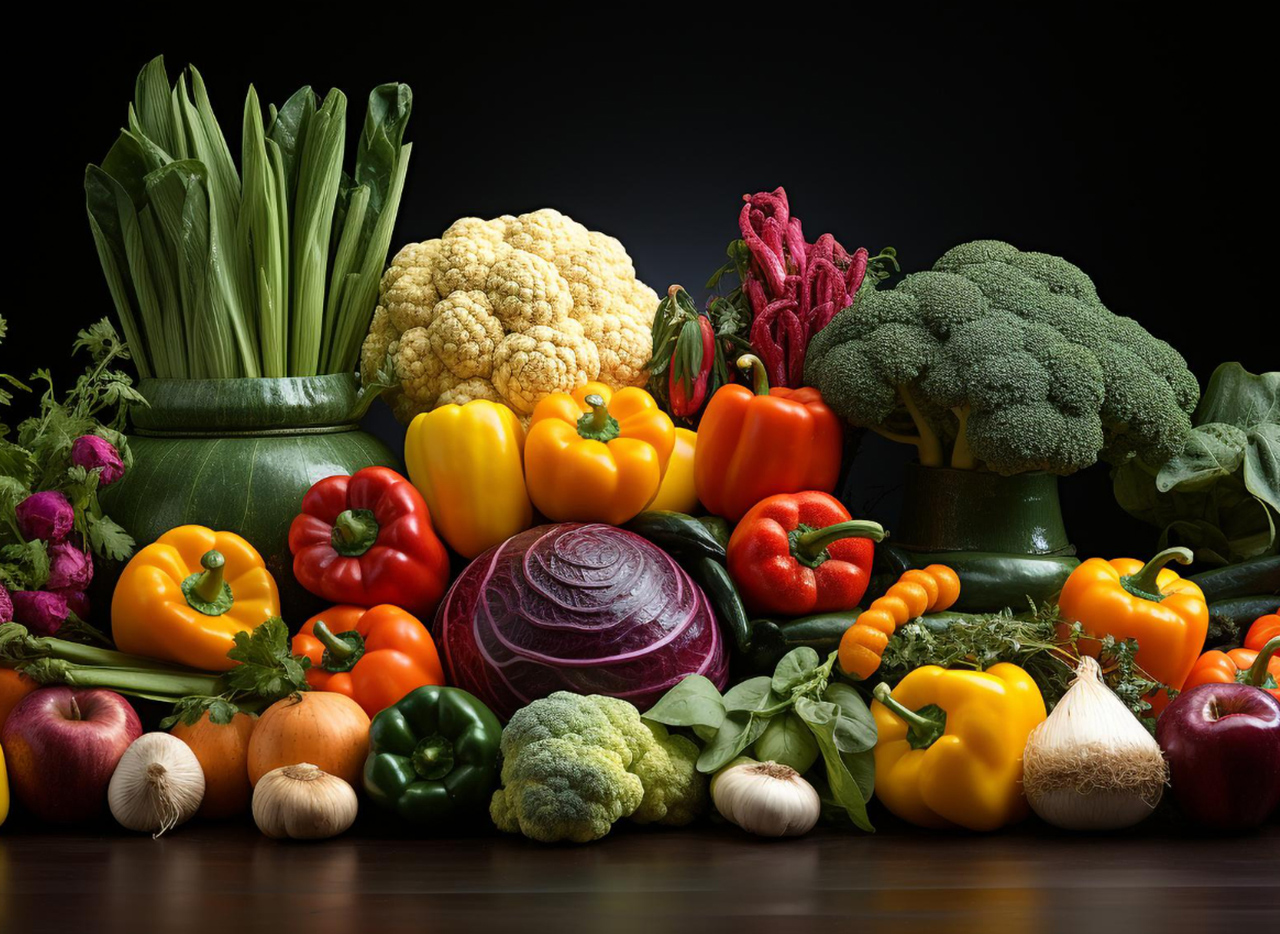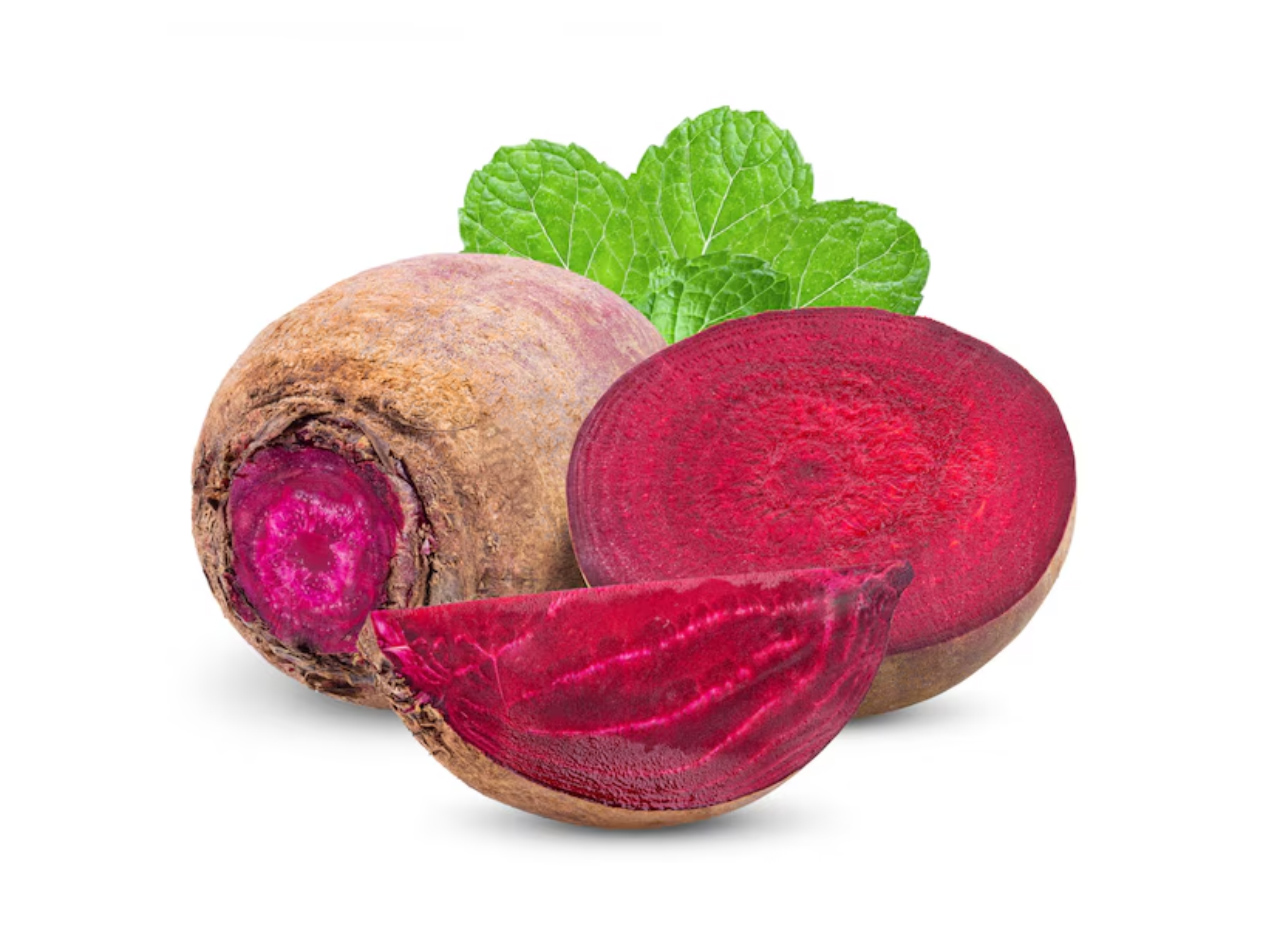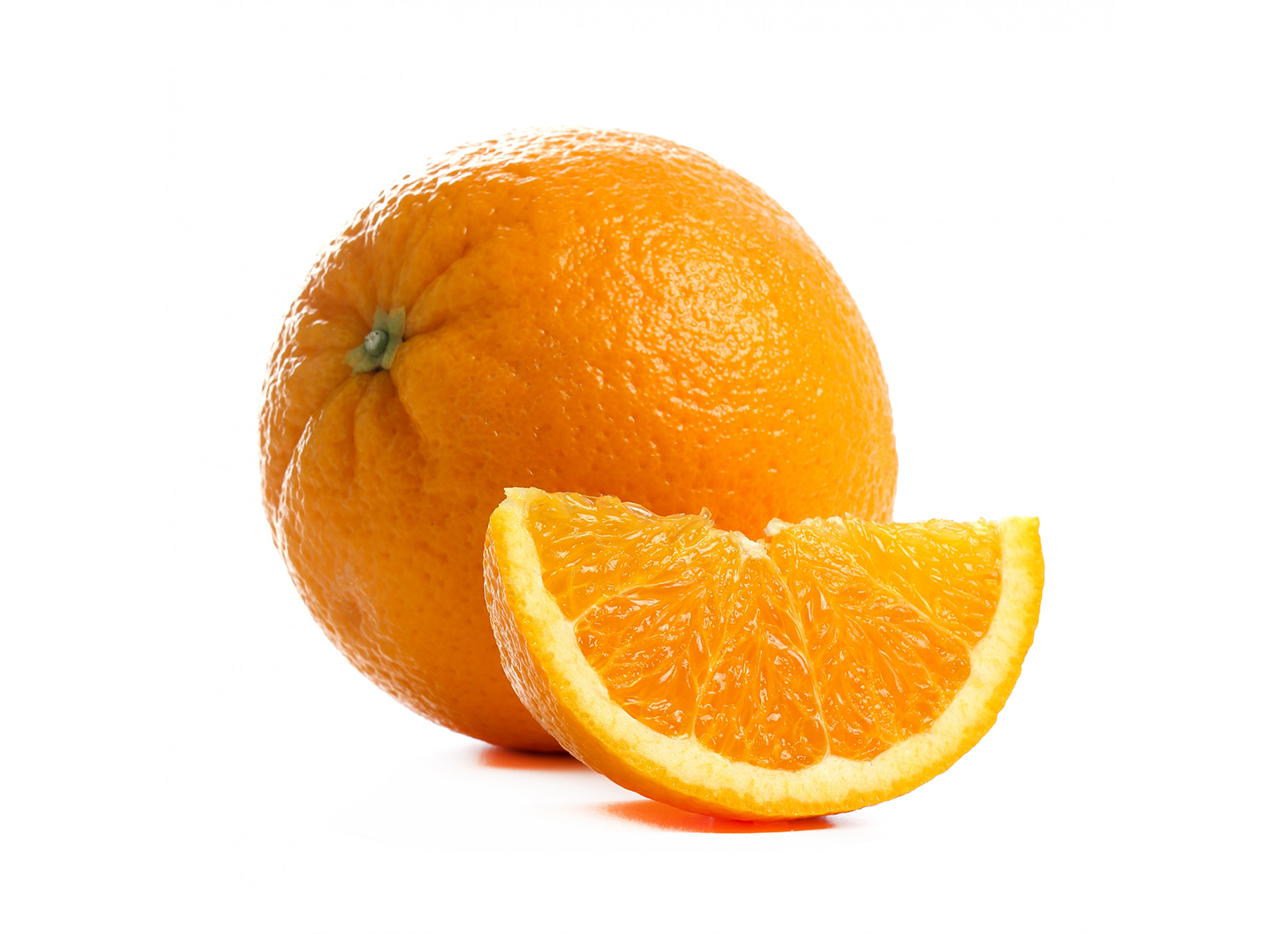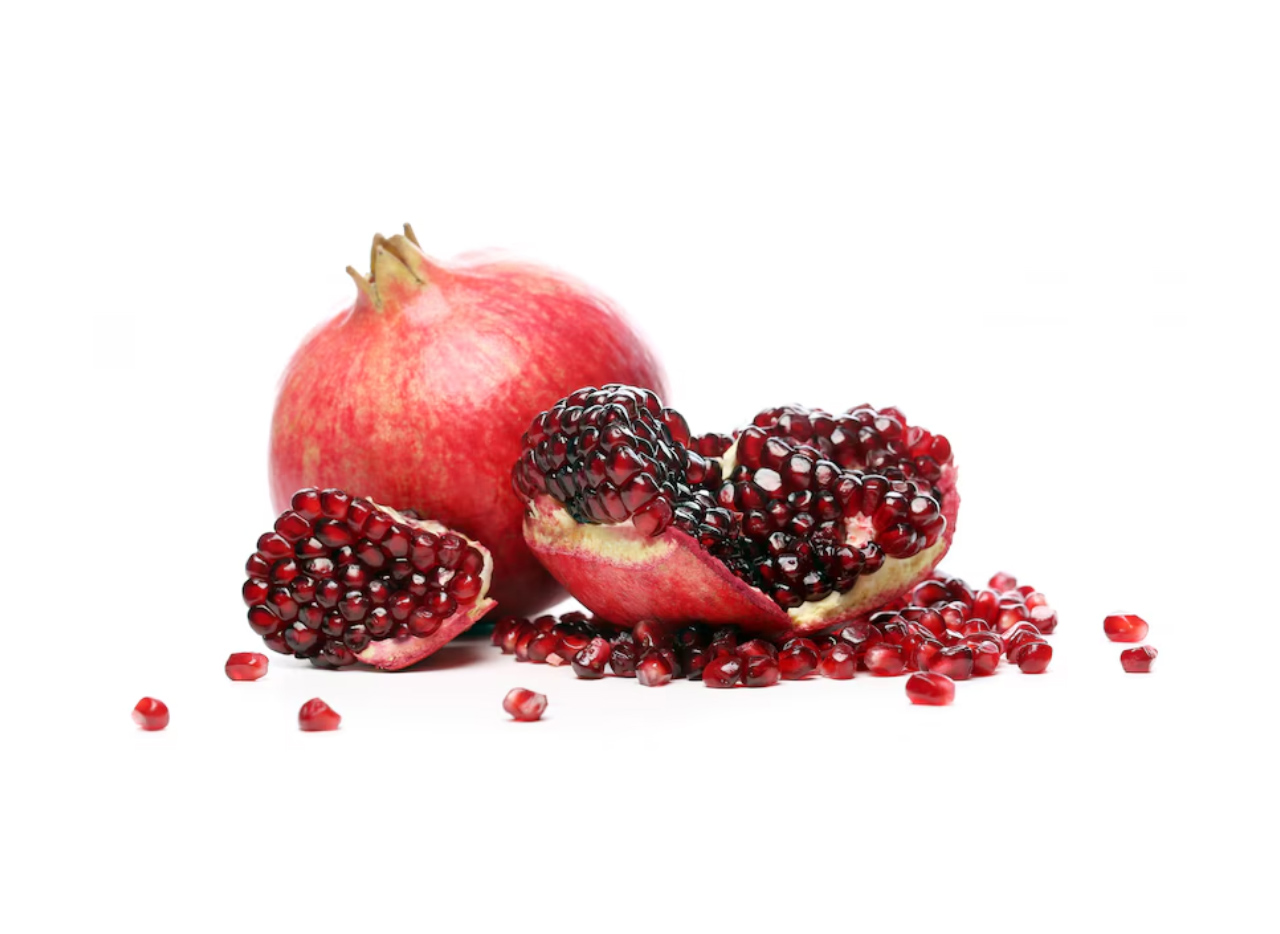Honeydew melons are very ancient in origin. They have a pale yellow to white skin and have a pale green to green flesh. They are available all year round but are at their best in January and February. It is not certain where honeydew melons originated, but it was somewhere in the East near Persia. Marco Polo discovered that the Persians cut melons in thin strips and dried them much as raisins are dried, concentrating their flavor and making a marketable treat.
Dried and roasted melon seed are a popular snack throughout the Middle East.
Honeydew melons are rich in vitamin C and are most flavorful if eaten at room temperature. Contrary to what one may expect, the honeydew is ripe when the skin is green. A yellow skin is an indication the melon is not yet ripe. Unripened honeydew melons may be kept stored in a paper bag at room temperature for 2 or 3 days to promote ripening.
Ripe honeydews will keep for up to 5 days if they are carefully wrapped in plastic. If you are not familiar with the characteristics of ripe melons stored in the refrigerator, you may soon learn that the melon will flavor everything in the refrigerator. It is somewhat disconcerting to expect a cool drink of fresh water, only to discover that it tastes like melon.






